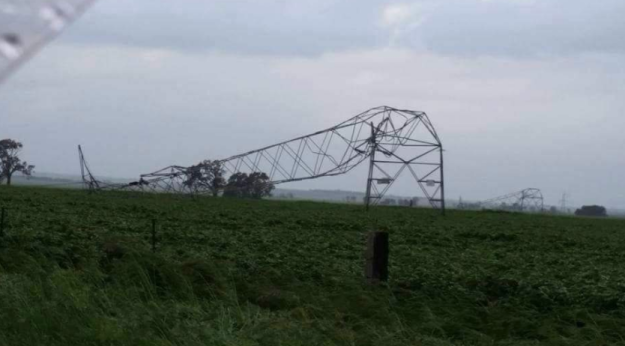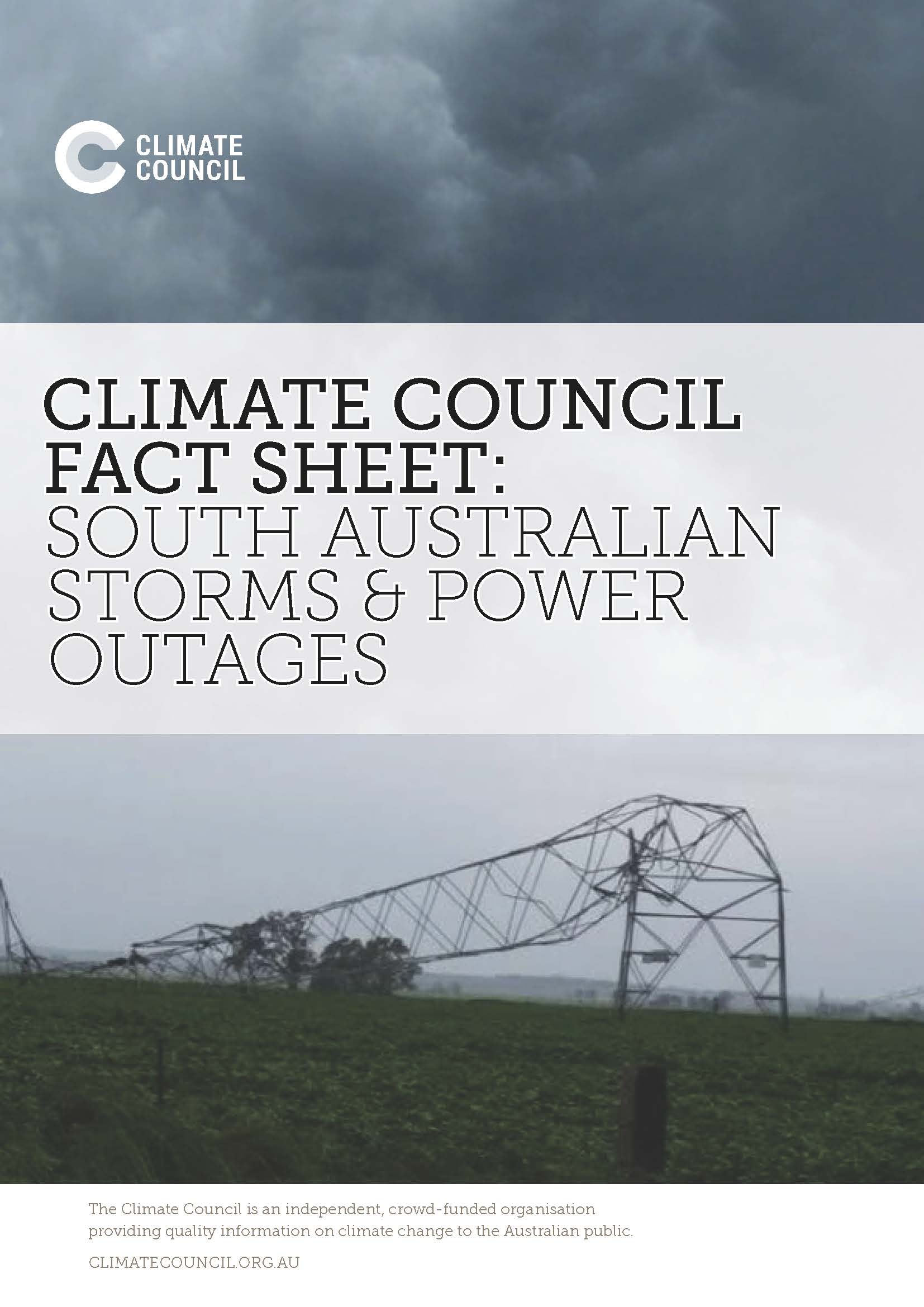In case you missed the internet this morning, you probably know that #Stormageddon struck South Australia yesterday.
Severe thunderstorms and damaging winds toppled 22 transmission towers, causing 900,000 homes to lose power.

It didn’t take long for some opportunistic commentators to try to blame the blackout on renewables, logic notwithstanding.
So what’s really behind South Australia’s storm and blackout? We break it down below.
What happened in SA yesterday?
A one-in-50 year weather event hit South Australia on Wednesday 28th September, with severe thunderstorms and damaging winds exceeding 90 km/h. Hail the size of golf balls struck the state with 80,000 lightning strikes reported. The severe storm resulted in catastrophic damage to power infrastructure, with more than 22 transmission towers taken out.
As a standard safety response, the South Australian energy system was isolated from the National Electricity Market – or in other words, the state grid was shut down. Overnight, the Australian Energy Market Operator and Electranet worked to gradually restore power to all but 75,000 of the 900,000 South Australian homes that lost power.
Did climate change have something to do with it?
Climate change is fuelling more frequent and severe extreme weather events, including storms.
The storm that hit South Australia yesterday occurred in a wetter and warmer atmosphere, and it’s likely that these conditions are escalating the intensity of our storms. These wetter and warmer conditions are being driven by climate change. If we don’t seek to rapidly reduce our greenhouse gas emissions and limit the extent of climate change, the severity and frequency of extreme weather events will only get worse. Yesterday’s storm is a prelude to a disturbing future.
More than 40% of South Australia’s power is produced from renewable energy. Is this part of the reason that the whole state lost power?
Nope. The severe storm took down high voltage transmission lines. This would have a major effect on power supply no matter the state or type of electricity generation.
It’s worth noting that other states with a lower amount of renewables in their energy mix have also been affected by storm related blackouts such as Victoria, Queensland and New South Wales.
Where can I find more info?
Check out our new fact sheet: South Australian Storms & Power Outages

Image credits: Debbie Prosser via The Plains Producer / Facebook